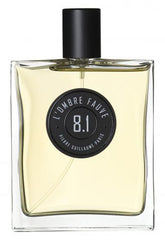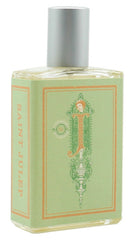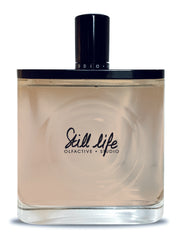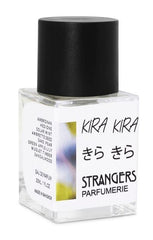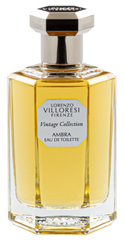Making Sense of Amber theme
You can order all perfumes featured in this theme as a pack of samples.
In this theme
What do perfumers mean by amber? Actually, they could be referring to several things:
1) a perfume recipe where you mix resins (labdanum, benzoin, opoponax, frankincense, etc.), vanilla and patchouli. This mix is open to interpretation, the choice of resins, proportions, whether to use patchouli at all – it's up to the perfumer and their vision. This style/nuance is called ‘amber’ or oriental. It could be the main theme of a perfume or could be a drydown note, underneath, say, a floral heart. Hence, one can call this combination a 'floriental' perfume..
2) An accord that replicates the smell of ambergris (aka grey amber, a pathological metabolite that comes from the rectum of a whale and spends years floating and curing in the sea). Real ambergris is very rarely used (due to cost and scarcity) but perfumers know how to recreate its smell: soft, radiant, salty and sweet with some tobacco vibes (from a mix of synthetics and natural materials).
3) Ambroxan and its relatives. In their search for a budget replacement of natural ambergris perfumers discovered one of the main molecules that constitute its smell: ambroxan. It lacks complexity and the corporal warmth of real grey amber but does wonders in citrus and fresh woody formulas, adding longevity and olfactive brightness. It’s derived from clary sage. It’s not synthetic. This nuance has now earned it's own place in the perfumers palette, beyond just being a replacement for grey amber.
4) Extremely rarely (almost never) ‘amber’ in perfume could mean the fossilized resin, the actual gemstone which can be put through the distillation process to derive a liquid perfume material. In our search for rare perfumes we have only heard of one perfume formula to ever include this... heard but never smelled.
The perfumes in this edit and samples in the corresponding pack will illustrate the oriental ambers, ambergris accords and the use of ambroxan.
An amber in a vintage animalic style with many scented references to the times when it was animalic materials and resins that mostly served as fixatives and backgrounds for many grand perfumes designed for seduction. There is a strong oriental amber theme: benzoin, notable labdanum and patchouli presence as well as vanilla. There is a secondary ambergris theme: the ambreine molecule within the Chevrone base (ambreine being one of the constituents of grey amber). All in all, 8.1 PG8.1 L’Ombre Fauve is a bold oriental amber with an animalic (warm in a suggestive corporeal way) twist.
A perfect example of an oriental amber with its characteristic sweet liqueur like nuance. Most of the classic ingredients are present in the composition: benzoin, patchouli, and although there is no vanilla - the requisite sweetness comes from the coconut and white flowers mix.
What makes PG special is that they played with so many rare perfume materials and have given those rarities proper attention in their formulas. PG16.1 features carob tree (sometimes called fig of Egypt or St. John’s Beard). Smell-wise it’s not an alternative for a green fruity fig accord, it’s a soft sweet woody nuance and more of an aged driftwood warmed by the sun kind of smell. This brings us to why it’s in the amber selection. PG16.1 is a marine woody perfume in which the tender woodiness of carob is layered with a distinct salty and musky ambergris note. The green fig mirage in the formula is more to do with a derivative of vetiver oil and the sweet herbaceous vibe of the fougere accord.
In this formula you can really sense the effect ambroxan has on citruses, dry spices and fresh woods. It makes them smell fuller, more confident, more radiant.
Try for the crystal crust of ambroxan generously layered over pear and sandalwood.
